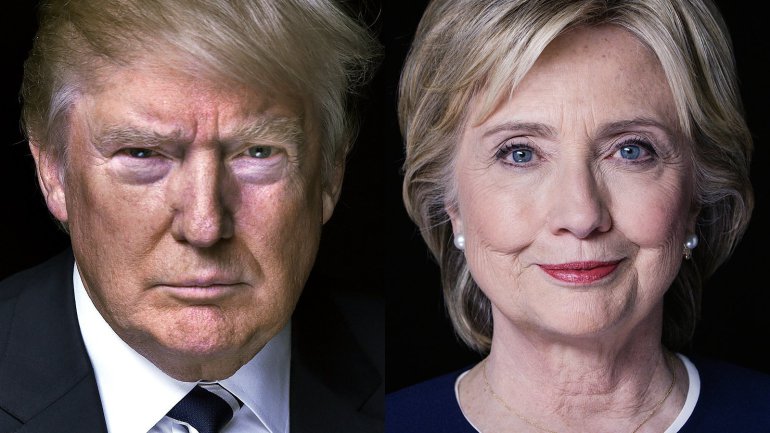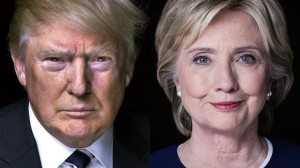Maecenas lorem. Fusce wisi. Excepteur sint occaecat cupidatat non proident, sunt in culpa qui officia…

American political speech more partisan than ever
25/07/2016Questo articolo è stato letto 7030 volte!
 American political speech is more partisan than ever, new study finds
American political speech is more partisan than ever, new study finds
American political speech — Widespread use of talking points and expanding role of consultants, focus groups and polls are likely contributing to deeper divisions, both in Congress and in the broader public, according to study.
PROVIDENCE, R.I. [Brown University] —A Democrat talking about the Affordable Care Act would likely call it “comprehensive health reform,” while a Republican might describe it as a “Washington takeover of health care.” Republicans often use the term “illegal alien,” while Democrats tend to speak of “undocumented workers.” The killing of 49 people at an Orlando, Florida, nightclub in June was described by many Republicans as an act of “radical Islamic terrorism,” while Democrats most often called it a “mass shooting.”
A new working paper coauthored by Jesse Shapiro, the George S. and Nancy B. Parker Professor of Economics at Brown University, finds that now more than ever, such partisan use of language is the rule rather than the exception.
We are seeing evidence that, increasingly, Democrats and Republicans in Congress are speaking different languages,“We are seeing evidence that, increasingly, Democrats and Republicans in Congress are speaking different languages,” Shapiro said.
This can have an impact outside of Congress. “The fact that partisan language diffuses widely through media and public discourse implies that this could be true not only for congresspeople but for the American electorate more broadly,” the authors write in the study, noting that existing research has shown that the way an issue is framed can affect public opinion on matters ranging from immigration to climate change.
Along with coauthors Matthew Gentzkow of Stanford University and Matt Taddy of the University of Chicago, Shapiro crunched data from Congressional speech over the 136-year period from 1873 to 2009. The results, published in a working paper titled “Measuring Polarization in High-Dimensional Data: Method and Application to Congressional Speech,” show a sharp trend toward increasingly divided speech.
“Partisanship was low and roughly constant from 1873 to the early 1990s,” the authors write, “then increased dramatically in subsequent years.”
Shapiro and his colleagues developed a machine-learning algorithm to analyze transcripts of speeches from the U.S. Congressional Record.
The algorithm captured the use of 530,000 unique two-word phrases — “estate tax,” for example, or “death tax” — spoken by politicians in their speeches. For the period between 1873 to 1990, the algorithm had a 54 to 55 percent chance of correctly guessing a speaker’s party based on one minute of speech. In 1994, that changed dramatically.
“Beginning with the congressional election of 1994, partisanship turned sharply upward, with the probability of guessing [a speaker’s political party] correctly based on a one-minute speech climbing to 83 percent by the 110th session (2007–09),” the authors wrote.
The authors point to innovation in political persuasion beginning with the 1994 Contract with America — the document that outlined legislation that Republicans wished to enact within the first 100 days of the 104th Congress — as a watershed moment that coincides with the increase in partisan speech.
The Contract marked a shift in political marketing tactics, as consultants “applied novel focus-group technologies to identify effective language and disseminate it broadly to candidates,” the paper states.
The language each party uses is developed strategically by consultants who make use of polls and focus groups and disseminate talking points to candidates and politicians.
In addition, the years leading up to 1994 “had seen important changes in the media environment: the introduction of television cameras as a permanent presence in the chamber, the live broadcast of proceedings on the C‑SPAN cable channels, and the rise of partisan cable and the 24-hour cable news cycle,” according to the study.
The authors wrote that their study also draws on prior research that “suggests that these media changes strengthened the incentive to engineer language and impose party discipline on floor speeches, and made the new attention to language more effective than it would have been in earlier years.”
That partisan language, the authors wrote, filters out into media coverage and affects public discourse.
“Experiments and surveys show that partisan framing can have large effects on public opinion,” the paper states, “and language is one of the most basic determinants of group identity.”
The very immediate, drastic increase in partisan speech came as a surprise to the authors, Gentzkow said in a story on the Stanford Institute for Economic Policy Research website.
The researchers had predicted a strong correlation between legislative votes and increasingly partisan language in Congress, he said. An existing body of research on political polarization using roll-call votes as a measurement indicated a gradual increase in partisan language from the mid-twentieth century onward.
But what Shapiro and his coauthors found instead was an unprecedented level, or explosion, in partisan speech starting in 1994. This, they wrote, suggests that language is a distinct element of party differentiation.
The new machine-learning methodology developed by Shapiro, Gentzkow and Taddy, and its specific focus on language, could set a new standard for further research on partisanship. It “can be applied to a broad class of problems in which the goal is to characterize the polarization or segregation of choices,” the authors write.
Their method could shed light on polarization by measuring residential segregation in small geographical areas, polarization in web browsing or social media behavior and differences in the way groups consume products and information.
Related Images:

La Redazione delle testate Punto a Capo è composta da volontari che collaborano ad un progetto di condivisione delle informazioni indipendente. La maggior parte dei collaboratori sono pubblicisti, giornalisti, addetti stampa, ma ci sono anche collaboratori alle prime armi che iniziano ad approcciarsi al mestiere in un ambiente libero e senza padroni, il cui principio è dal lontano 1989 di essere la voce di chi voce non ha.

